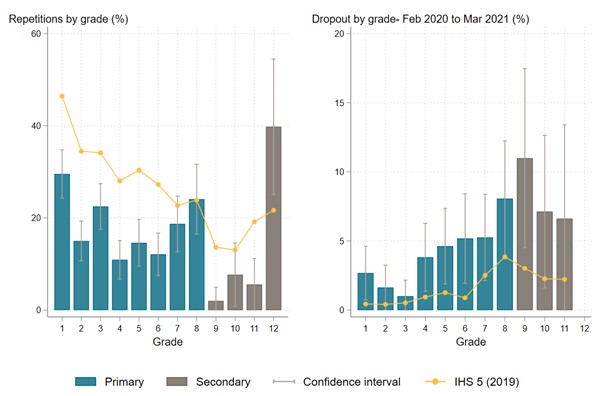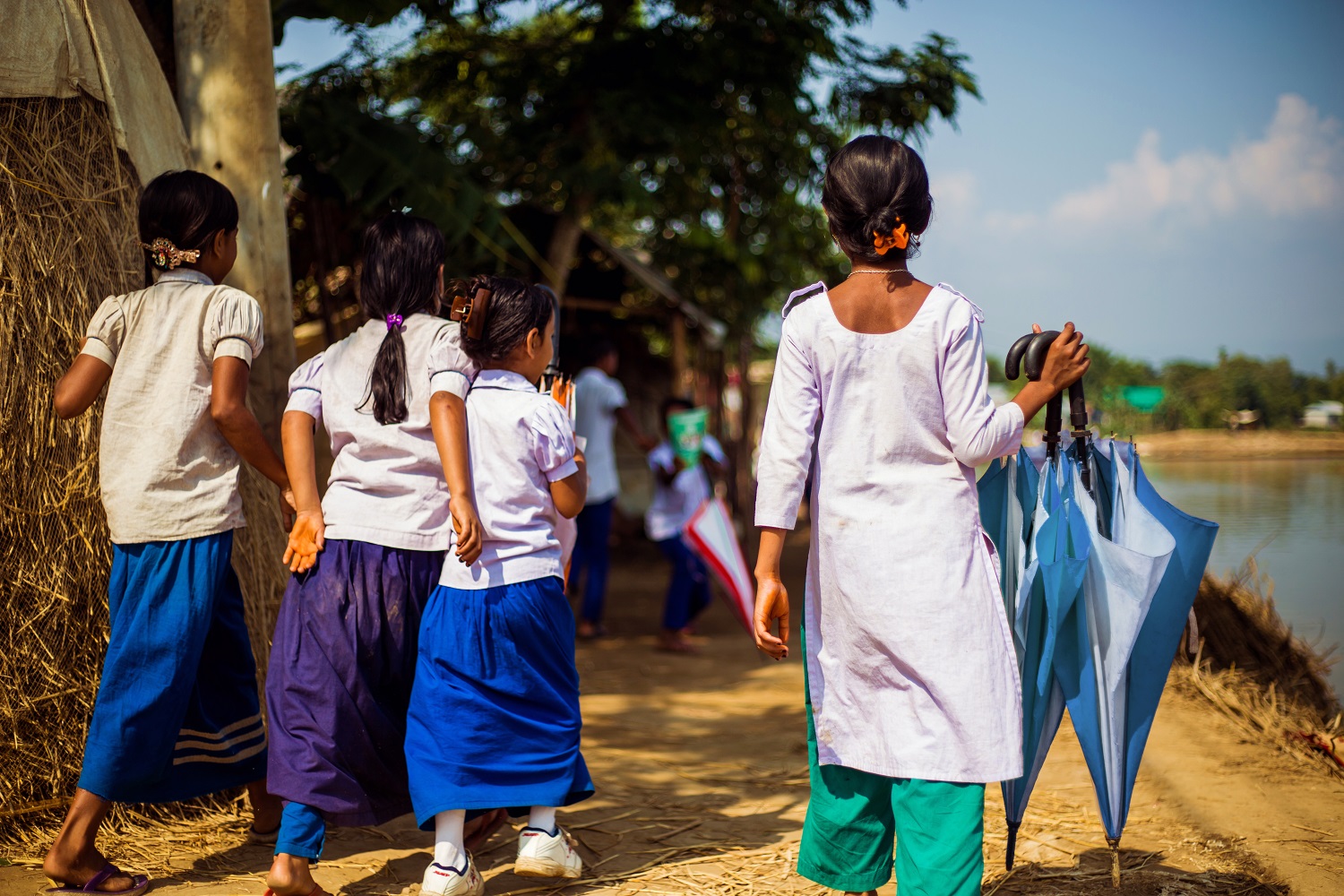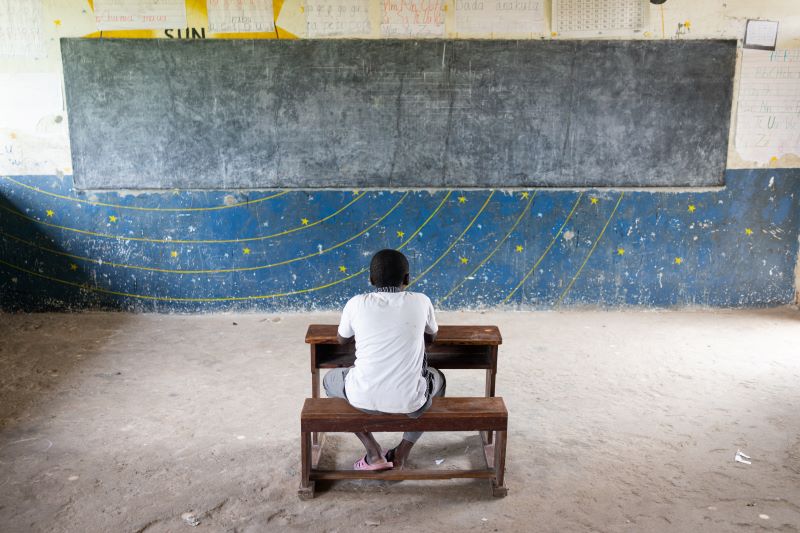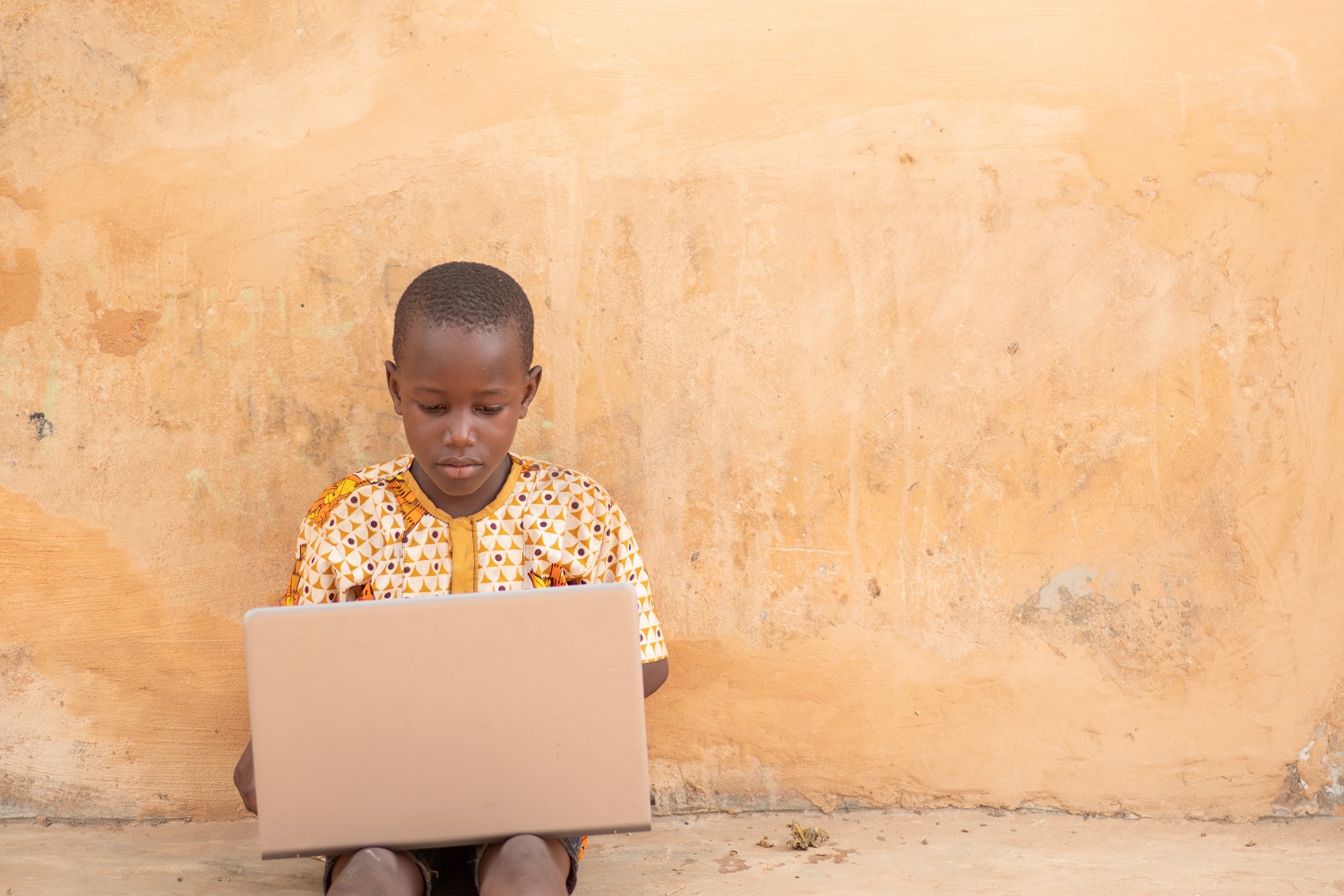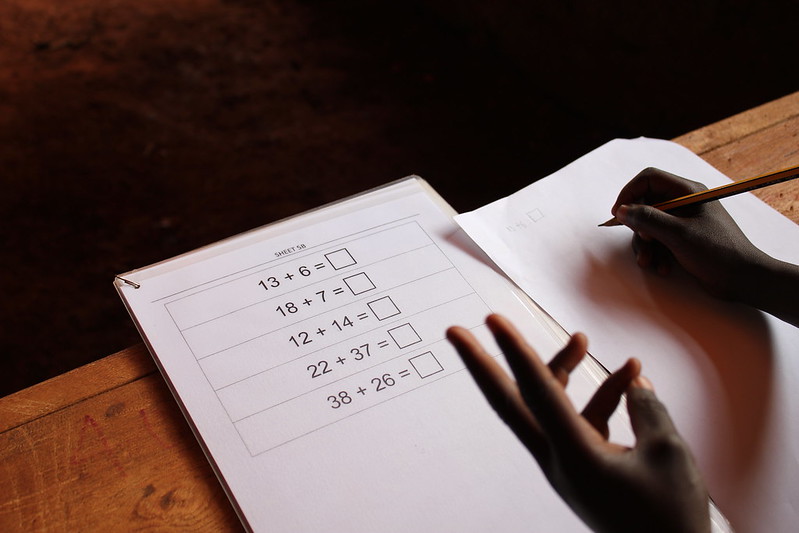Recommended
It’s been two years since schools began closing around the world because of the COVID-19 pandemic. Even just one year into the disruption, children in some of the world’s poorest countries had missed out on “nearly a sixth of their expected lifetime education.” But at that point, data on actual learning loss and dropout rates were scarce, especially in low- and middle-income countries. Now though, more studies are directly measuring the impact of school closures on how much learning students missed out on and how many simply never made it back to the classroom. In our new working paper, “Learning Loss and Student Dropouts during the COVID-19 Pandemic: A Review of the Evidence Two Years after Schools Shut Down,” we bring together 29 studies on learning loss and 15 studies on dropout rates, from a total of 27 countries (Figure 1). Here’s what we learned.
Figure 1. From what countries do we have evidence on learning loss or dropout rates?
Source: Moscoviz and Evans 2022
Students missed out on learning in most countries, but it wasn’t as bad as some predictions
Most studies find that students today know less than students in the same grade before the pandemic. (This captures both what students forgot while schools were closed and whatever new content they would have learned but didn’t.) This is consistently true in high-income countries. Despite more access to technology than in low-income settings, evidence from the Netherlands, Belgium, Germany, Switzerland, the United Kingdom, and the United States have estimated school closures have led to learning loss.
In low- and middle-income countries, the story on average learning loss is more mixed. Studies document lost learning in Bangladesh, Brazil, India, South Africa, Kenya, Mexico, and Zambia, but not in Burkina Faso, Burundi, Côte d’Ivoire, Senegal, or Uganda, with mixed evidence from Pakistan. In studies that examined secondary school specifically, the results are more consistently negative (for example, in Bangladesh and Brazil). Still, these results suggest that average loss in most low- and middle-income countries was likely less than the projections that organizations and researchers put forth early in the pandemic.
The reason why we observe so much variation in lost learning will take more data and more research. It includes countries with more productive and less productive education systems, and it includes countries with shorter and longer school closures. However, don’t let the inconsistency in average learning loss blind you to the consistent loss of learning among the most disadvantaged students.
The poorest kids consistently lost out on much more, often 50 percent higher or even double that of other kids
Learning loss is concentrated among poorer students in high-, low- and middle-income countries. In the Netherlands, losses were as much as 60 percent higher for poorer students or those whose parents had less education, with parallel results in Italy. In the United Kingdom, disadvantaged children benefiting from pupil premium or free school meals were more likely to experience a larger decline in learning. In the United States, achievement gaps between low and high poverty schools widened by at least 0.10 SD. In Mexico, poor students lost more than twice as much reading ability as rich students. In Bangladesh, learning loss was more than double among girls in the poorest 40 percent of the sample, relative to better off girls. In Ghana, the learning gap for primary school students widened for the poorest students in both literacy and math, according to phone-based assessments.
Even in countries with no average learning loss, like Uganda and Australia, the weakest students in the least advantaged schools were significantly worse off.
In low- and middle-income countries, we find big jumps in dropout rates among adolescents. Many youth are cutting their education short as a result of COVID
While there is a lot of variation in dropout rates across low- and middle-income countries (most studies in high-income countries did not measure drop-outs), we consistently observe higher dropout rates among older children, and there is evidence in some countries that girls tend to drop out more than boys (Figure 2). In rural Kenya, secondary school aged girls had a tripled risk of dropout, rising from 3.2 percent in pre-pandemic years to 9.4 percent. The risk of getting pregnant prior to completing secondary school also doubled. Among students across school ages in South Africa, we also observe a tripling of risk, with the highest dropout rates among the poorest households.
Nigeria and Brazil report the highest dropout rates in our sample. In Nigeria, school enrollment dropped from 90 percent in 2019 to 82 percent in 2020 (after schools reopened). But these results are highest among adolescents, with a roughly 5 percent drop for children aged 5 to 11 versus an effect double that size for youth aged 15 to 18. In São Paulo state, Brazil, researchers estimated a tripling of dropout risk, potentially raising the dropout rate to 35 percent among lower and upper secondary students.
Figure 2. How much did dropout rates change with COVID school shutdowns?
Note: This figure reports dropout rates and percentage change in dropout rate when available The full list of studies and rates are included in Appendix Table A3 of our working paper. *Dropout rate for Sao Paulo State only.
Source: Moscoviz and Evans 2022
Takeaways
We have much left to learn about how the pandemic has affected whether children are continuing their schooling careers and how much they’re learning while there. All the studies we identified represent just 14 percent of countries in the world. Still, these findings suggest that education systems may wish to target efforts to bring students back to school and to remediate student learning to those who need it the most: adolescent students in the case of dropouts and the poorest students in the case of learning. There are proven interventions to boost learning among students who have fallen behind; now is the time to put them to work.
Disclaimer
CGD blog posts reflect the views of the authors, drawing on prior research and experience in their areas of expertise. CGD is a nonpartisan, independent organization and does not take institutional positions.
Image credit for social media/web: Adobe Stock


